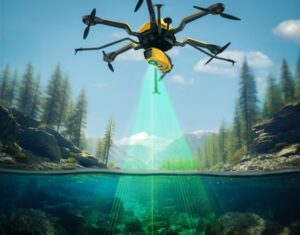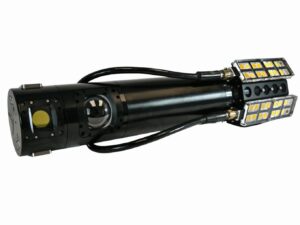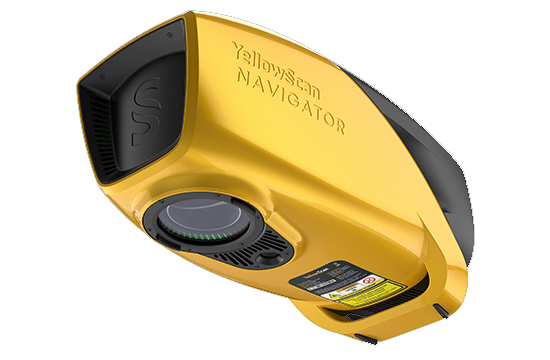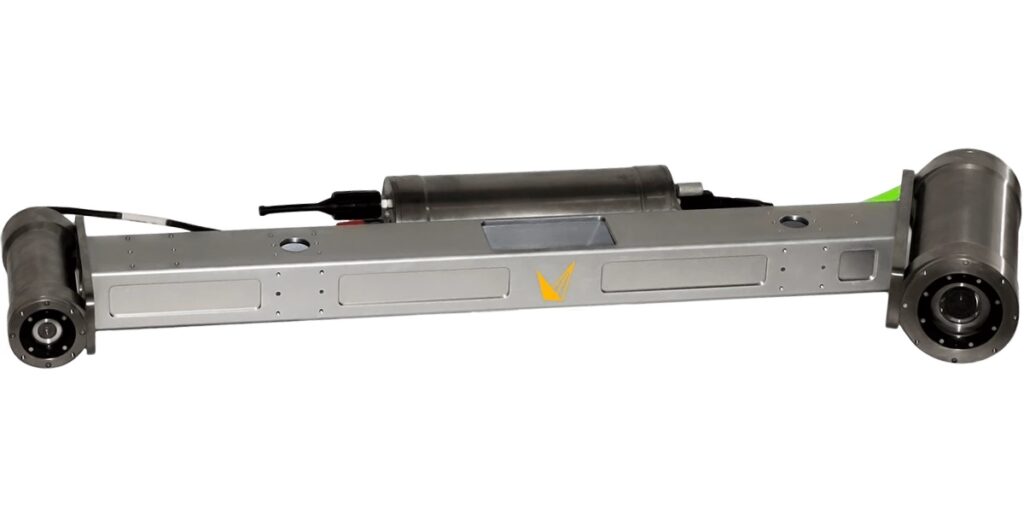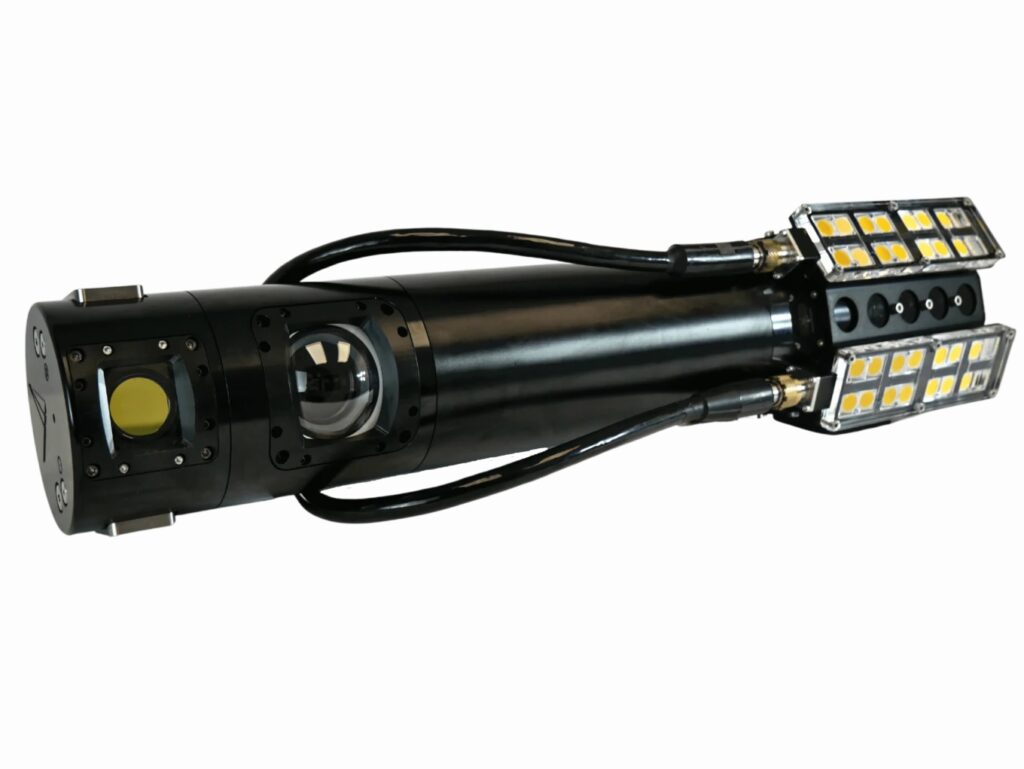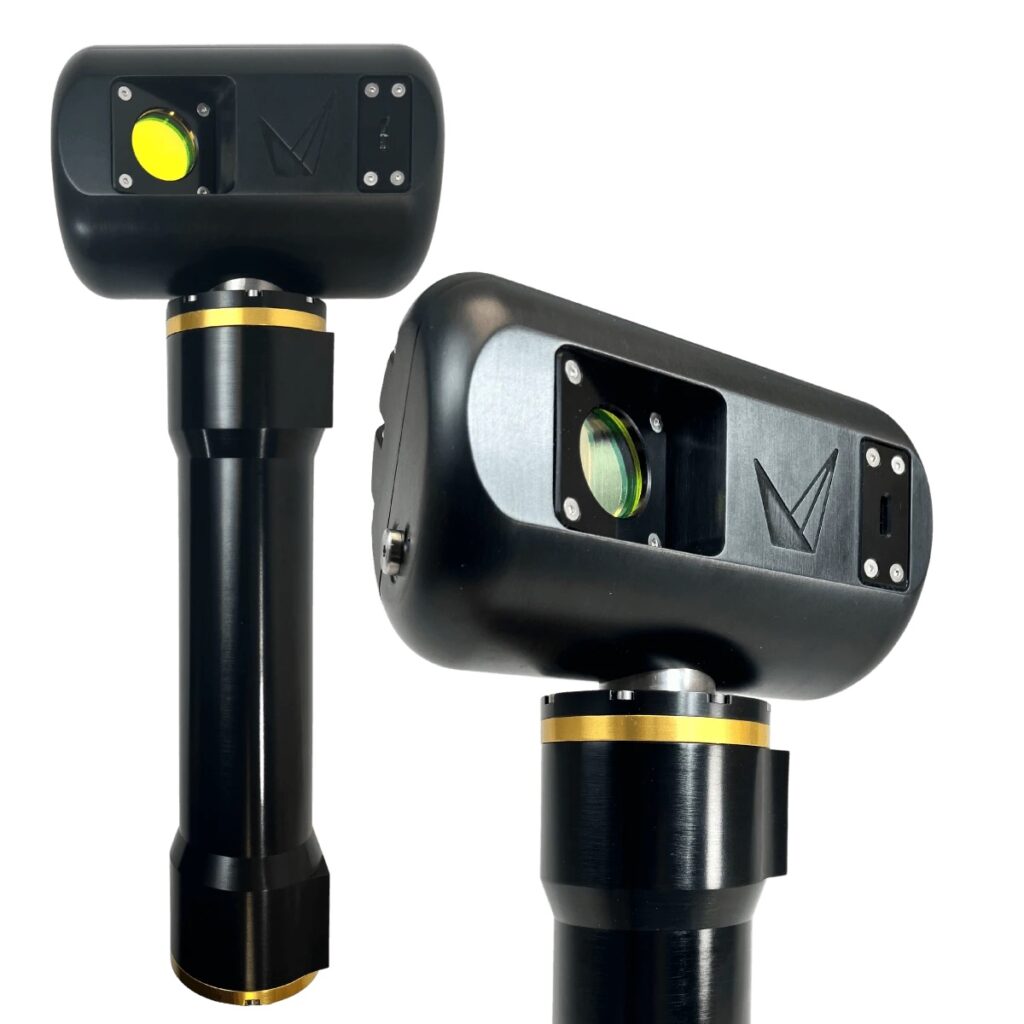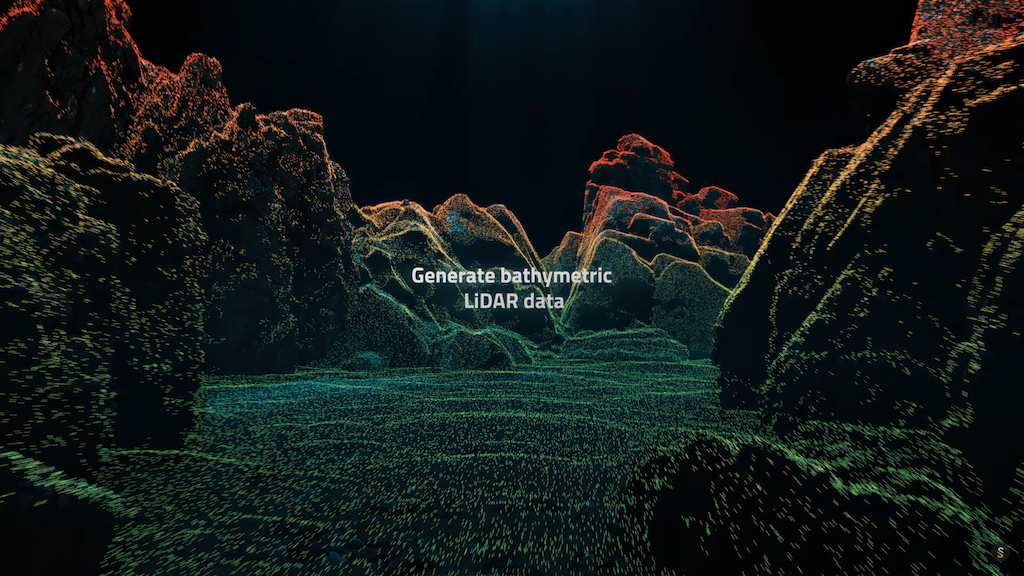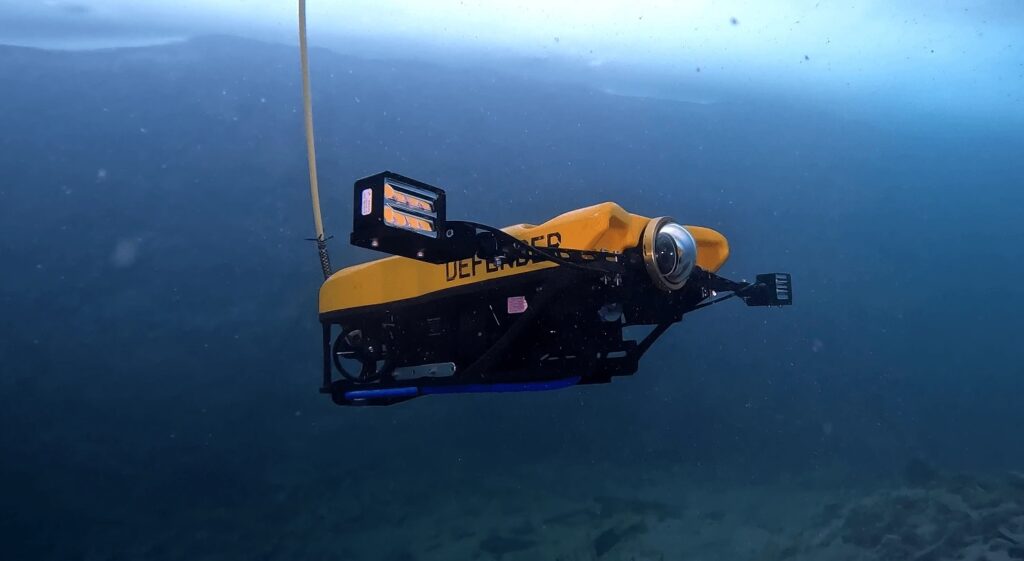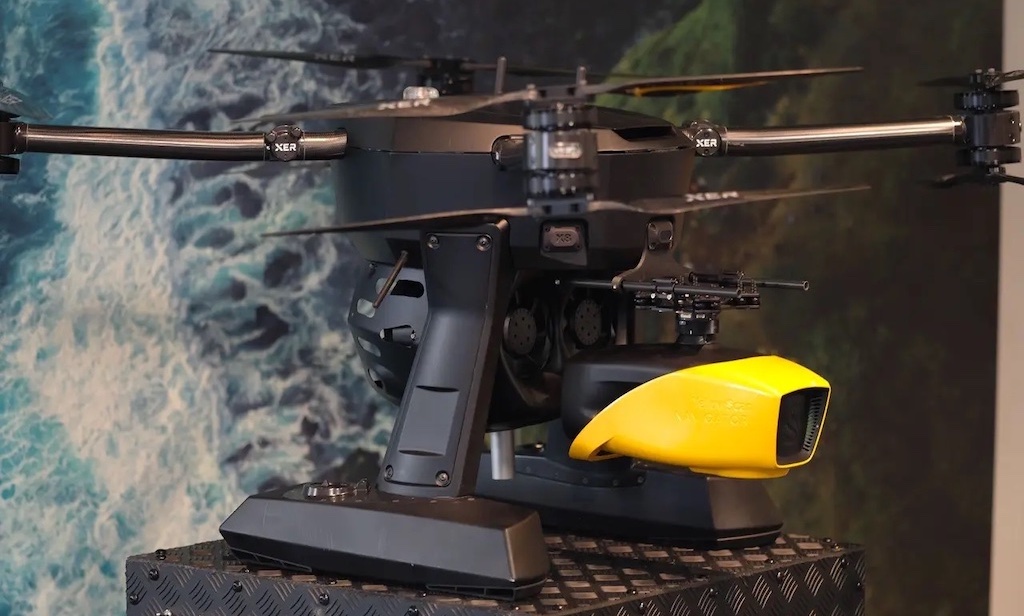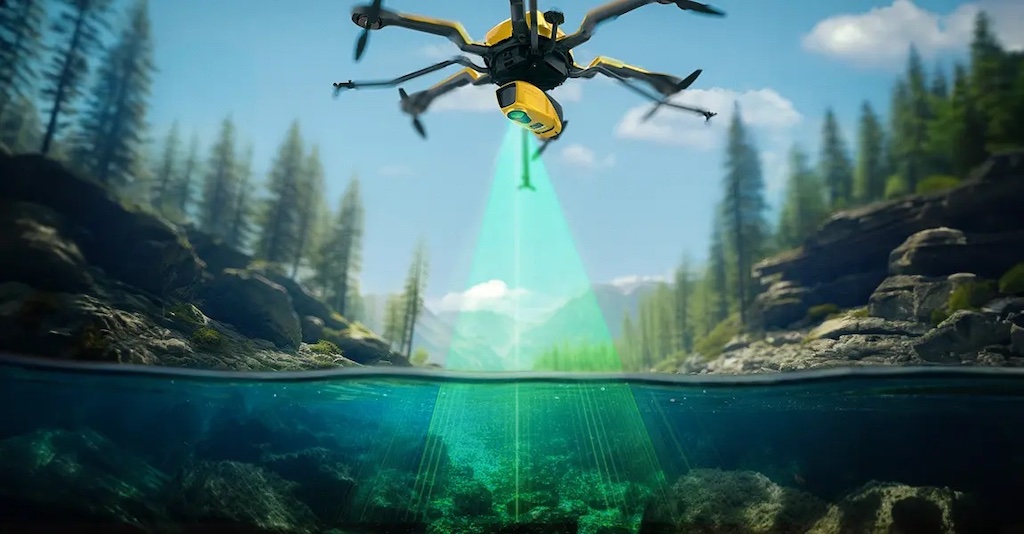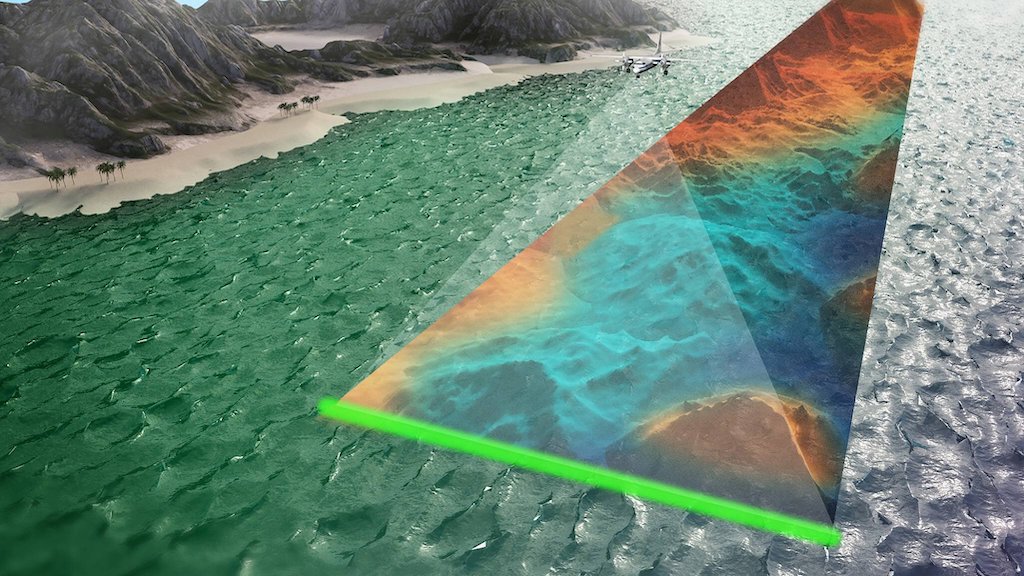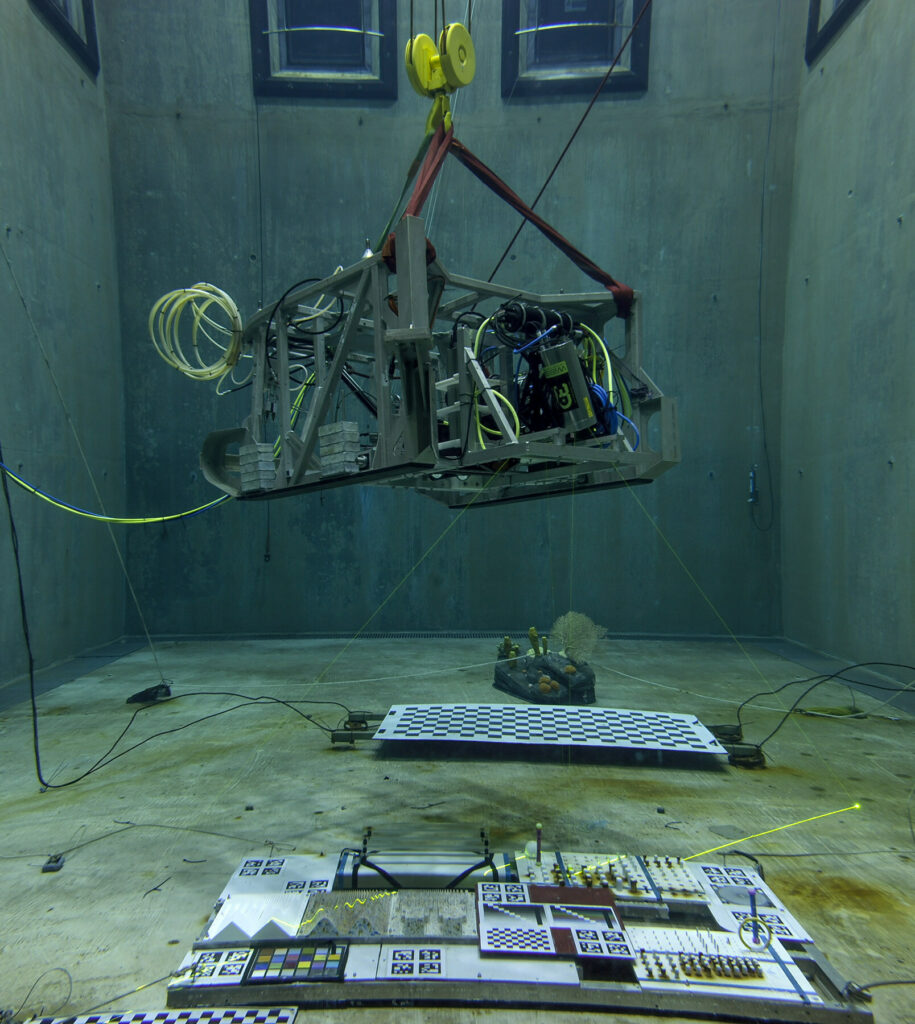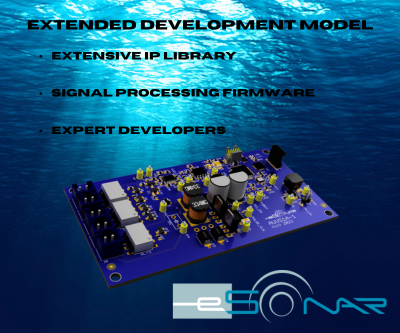Applications of Underwater LiDAR
Underwater LiDAR is used across various scientific, commercial, and defense-oriented applications. Its ability to provide accurate, real-time, and high-resolution data makes it indispensable in numerous fields:
Marine Surveying and Mapping
LiDAR systems conduct underwater surveying for coastal engineering, environmental impact assessments, and infrastructure development. Bathymetric LiDAR systems can produce detailed bathymetric maps essential for hydrodynamic modeling, sediment transport analysis, and port and harbor planning.
Pipeline Inspection and Subsea Infrastructure Monitoring
Oil and gas operators use LiDAR to inspect underwater pipelines and cables. High-resolution scans reveal damage, deformation, or sediment buildup along pipelines. This method is non-invasive, non-destructive, and allows for consistent monitoring with minimal operational disruption.
Marine Archaeology and Shipwreck Exploration
Underwater LiDAR plays a critical role in discovering and documenting submerged archaeological sites. Its ability to produce detailed topographies aids in preserving historical sites and supports research into ancient maritime activity.
Environmental Monitoring and Habitat Mapping
Marine biologists and conservationists employ LiDAR for reef monitoring, seagrass bed mapping, and fish habitat analysis. Its non-destructive nature is ideal for fragile ecosystems and allows for repeated measurements over time to detect changes.
Dam Inspection and Reservoir Management
LiDAR systems are deployed to inspect submerged portions of dams and reservoirs. These systems detect cracks, sediment accumulation, and structural deformations, often in areas difficult to reach with divers.
Underwater Mine Detection and Security
Military and security agencies use LiDAR for underwater mine detection, port and harbor security, and reconnaissance missions. The speed and accuracy of underwater LiDAR allow the safe identification of threats in complex underwater environments.
Oceanographic Research and Bathymetric Studies
Ocean scientists leverage LiDAR to create high-resolution maps of the ocean floor, helping to advance our understanding of geological features, underwater ridges, and sediment patterns. This data supports broader initiatives in climate science and marine ecology.
